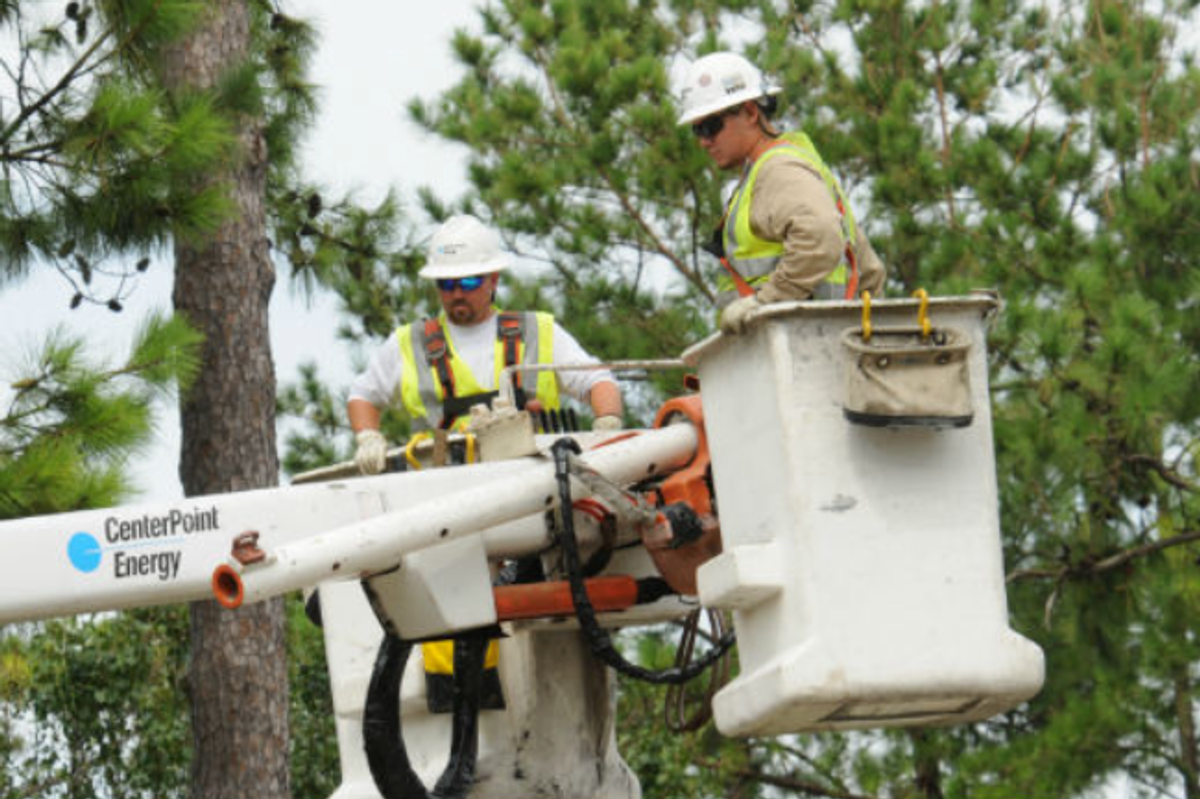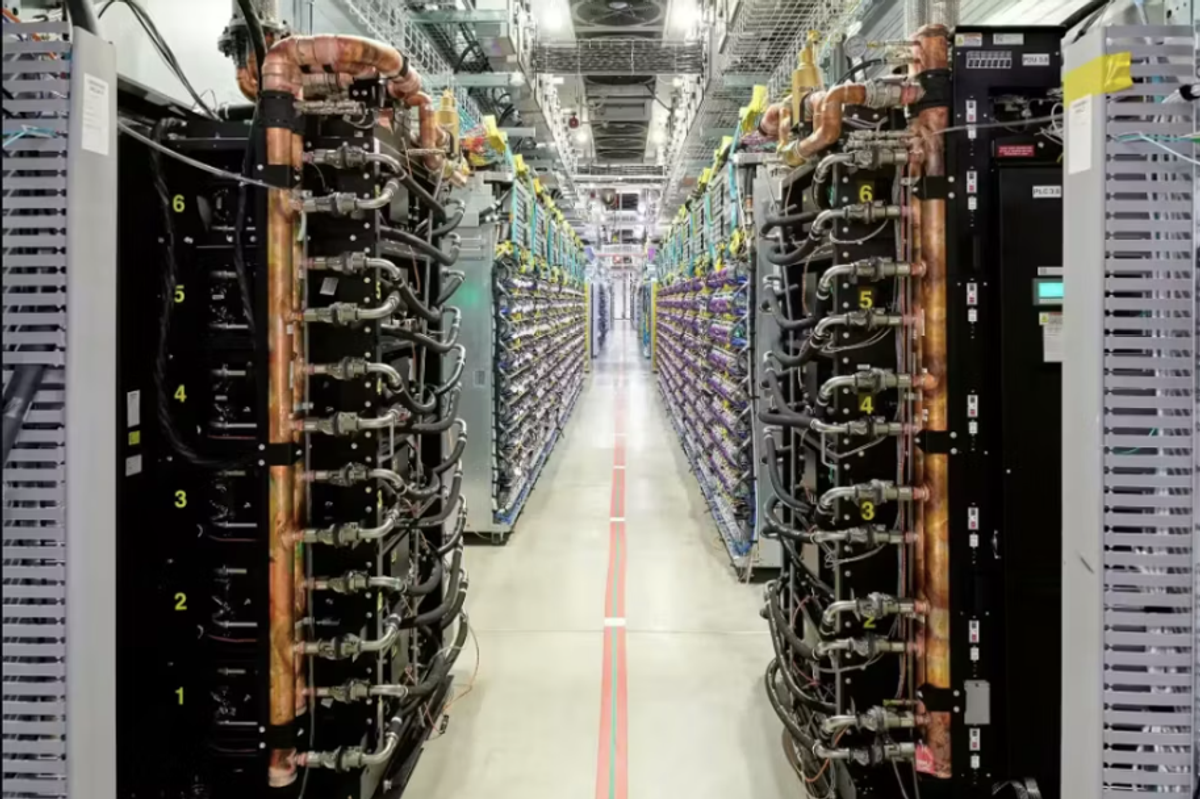Defining ‘energy transition’ — and the semantics involved in it
Guest column
The term “energy transition” is fraught with misconceptions, but not just because of the varied interpretation of the term “transition.” The Energy101 series on EnergyCapitalHTX.com brings clarity to both terms with simple and direct information that anyone can understand. As explored in a previous conversation with ChatGPT, we are all part of the Energy Industry, so its high time we all understood it.
DEFINING TERMINOLOGY
Merriam-Webster defines transition as “a change or shift from one state, subject, place, etc. to another.” The popular interpretation of ‘energy transition’ implies a complete shift away from energy produced from fossil fuels to energy produced from renewable sources. This isn’t entirely accurate–let’s explore why.
“The challenge of our lifetime is addressing [the] dual challenge of meeting increased global energy demand while confronting global climate change” says Jane Stricker, executive director of the Houston Energy Transition Initiative and senior vice president, Greater Houston Partnership. This globally inclusive definition of ‘energy transition’ focuses on addressing objectives instead of proffering solutions–a common project management viewpoint through which opportunities are explored.
It's a simple, but effective, way to expand one’s line of thinking from acute problem solving to broader root-cause analysis. In other words, it is how we elevate from playing checkers to mastering chess.
DEFINING THE OPPORTUNITY
The United Nations tells us the world’s population reached 8 billion in late 2022, an increase of more than one billion people in just over a decade. During the same time frame, the number of people around the world without consistent access to electricity declined from approximately 1.2 billion to 775 million per the International Energy Agency (IEA) 2022 World Energy Outlook report. A commendable feat, no doubt, but the fact remains that about 10% of the world’s population still lives in energy poverty–and that number is increasing.
The first half of Stricker’s sentiment, the challenge of “meeting increased global energy demand” reflects these statistics, albeit almost poetically. To state the issue more plainly, one could ask, “how do we get more energy to more people?” Taking it one step further, we can split that inquiry into two basic questions: (1) how to get more energy, and (2) how to reach more people. This is where it gets interesting.
As explored in the inaugural Energy 101 article, energy is converted into usable form through one of three reactions. Mechanical and nuclear reactions that create electricity for immediate consumption are often deemed “cleaner” than those produced by chemical reaction, but the challenges of delivering more energy consistently and reaching more people are left shortchanged due to intermittent production and limited distribution mechanisms.
In recent history, this has left us to rely upon energy produced by chemical reactions from fossil fuels and/or batteries. Batteries have inherently been the more expensive option, mostly because of the limited supply of minerals necessary to effectively store and transport energy for later use in these contained systems. Hence, the heavy reliance on cheap fossil fuels.
REFINED CONSTRAINTS DEMAND NEW SOLUTIONS
With price as the determining factor influencing the modern world’s energy supply, oil and natural gas have scrambled to compete with coal, which is affordable and easily transportable. However, coal has one major drawback–using it accounts for approximately 20% of carbon emissions, more than oil and gas industrial use, combined, per calculations from the U.S. Energy Information Agency.
We have a duty to get more energy to more people, “while confronting global climate change,” as Stricker states. In the context of energy poverty, where more consistent access to more electricity needs to reach more people, energy needs not only be abundant, reliable, affordable, and accessible, but also, less toxic.
So far, we have yet to find a solution that meets all these conditions, so we have made trade-offs. The ‘energy transition’ merely reflects the energy industry’s latest acceptance of the next hurdle to enhance our lives on earth. As depicted by the image from the IEA below, it most certainly reflects a reduction in the reliance on coal for electricity production, but how that energy reduction will be off set remains yet to be determined.
It's an opportunity ripe for exploration while existing sources push to meet the expanding definition of sustainable energy–a shift in evaluation criteria, some might say. Perhaps even a transition.

------
Lindsey Ferrell is a contributing writer to EnergyCapitalHTX and founder of Guerrella & Co.










